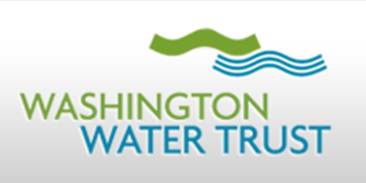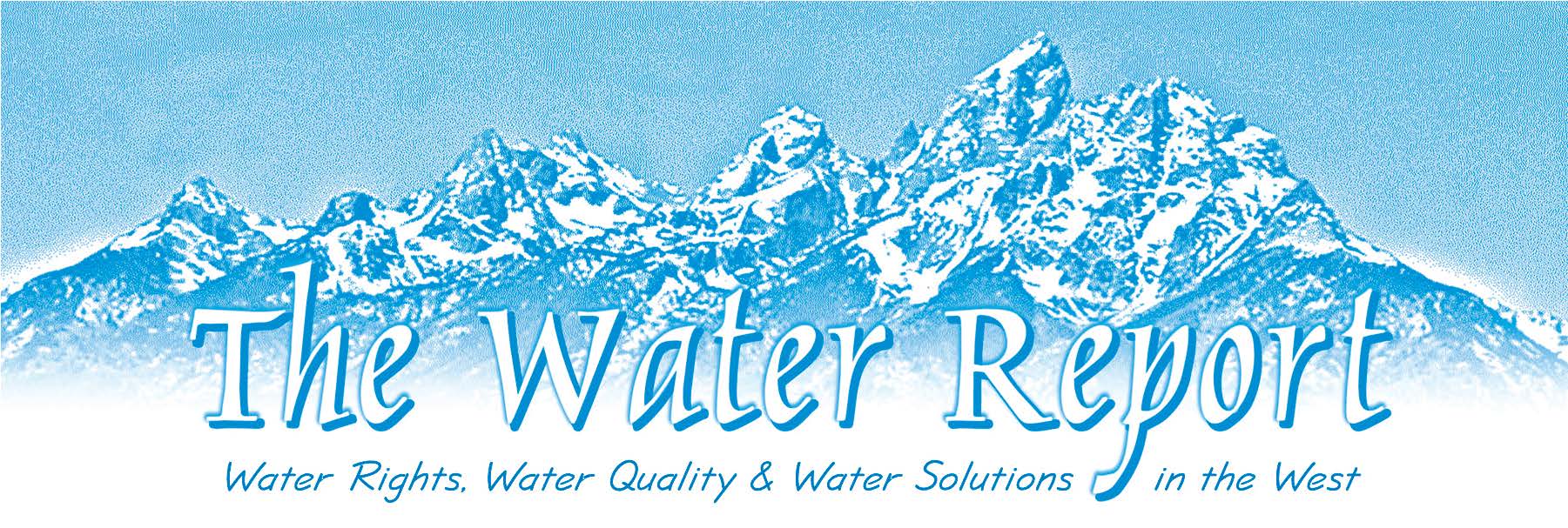Table of Contents
|
June to August 2024 Edition August 2024 Drought Update By Tom Ring – retired Hydrogeologist with the Yakama Nation Water Resources Program Author's Note: This article is an update to the spring newsletter article issued shortly after the state declared a drought emergency. 2024 April to August Summary: From Fairly Bad to Worse to Slightly Better to Brutal Heat Wave On April 16th, the Director of the Department of Ecology issued a declaration of drought emergency for all of Washington except the areas served by the major cities in Puget Sound. This article documents evolving water supply conditions in the three months since and provides some background on how Washington law defines drought conditions and views on drought from outside the agency. Update on Conditions from April to July Statewide, lack of late season snowpack accumulation drove negative trends in water supply. June was wetter than average, but July was extremely hot and dry. Using the Yakima basin as an example of an indicator basin, water supply forecasts dropped from May to June, rose somewhat in June, then stabilized in July. Irrigation season water rights come from a mix of natural flows and reservoir storage, and basin water rights are regulated by priority date and access to stored water. In a year such as this with less than full water supply for all water right holders who receive water through the federal Yakima Reclamation Project, pre-Reclamation irrigators receive a full supply and those with May 10th, 1905 priority right holders (about half the irrigation in the basin) receive a pro-rata share of what’s left. The percentage of full supply received by the 1905 rights holders is called proration rate and tracks the combination of forecasted runoff, return flows, and reservoir storage. Administering these proratable water rights requires Reclamation to track available water supply and how much each proratable district has diverted from their proratable “bucket”. Because the available water supply changes in accordance with precipitation and runoff, Reclamation releases a forecast of prorationing monthly or more frequently during droughts. Prorationing begins when the natural runoff and incidental reservoir outflows can no longer meet all downstream obligations/demands and some water must be released from storage, which occurred this year on May 21. “Storage Control” begins when the federally mandated target flow at the Parker Gage below Sunnyside Dam is sustained by reservoir releases and reservoir releases exceed inflows, this year on June 14 (Chris Lynch, personal communication). The table below (from Reclamation) shows the progression of prorationing estimates since March compared to last year, which was a more moderately water short year. The table shows estimates of 72 percent supply in March based on the expectation of closer to average late season snowfall. Prorationing slipped to 47% in May before a wet June brought it back up to 51%. It now stands at 50%, and since little meaningful precipitation is expected through the summer, it is likely to stay near this level. For comparison, 1994, 2001, 2005, and 2015 were all below 50% prorationing with the two lowest years finishing the season at 37%. The graph below shows how 2024 compares with wet, dry, and average years. Reservoir storage in late July was the 5th lowest since 1981. The graph shows the effect of back-to-back water short years. In the 2023 irrigation season, the reservoirs were drawn down to very low levels. Even with relatively normal precipitation through most of the winter, the reservoirs never had a chance to fill the deficit. A similar deficit will occur at the end of the 2024 irrigation season. Substantial amounts of runoff come from unregulated tributaries below the reservoirs and cannot be captured in storage. The Parker gage, located about 100 miles upriver from Columbia, shows the effects of peak flow events from these areas. It is also the control point where the target instream flows are to be met. The graph below shows the high flow events over the winter and spring. These events came at the expense of snowpack storage and contributed to the water shortage. When such peaks occur during spring salmon outmigration season, they are greatly beneficial to juvenile fish; mid-winter peaks not so much. The graph also shows how 2023 had more benign conditions for preserving snowpack until late spring, which kept last year from becoming like this year with prorationing in 2023 staying above 70%. The graph also shows the effect of river management on summer flows in the lower Yakima. After storage control, flow is maintained by reservoir releases in the range of 300 to 600 cfs depending on water supply. This year, releases are 300 cfs. The graph shows that the river reached the target flow about a month earlier than average. For comparison, storage control began on June 15th this year. The earliest storage control date was April 1 in 1977, and the latest was August 17 in 1972. This range of over 4 months shows the importance of large, persistent snowpack for Yakima basin water supply. Unregulated tributaries (i.e. without reservoir storage) in the Yakima Basin and elsewhere in the state are dependent on spring runoff (mostly snowmelt) and groundwater driven base flow. In these basins, the impact of droughts is dependent on how the stream is managed. In many central Washington streams, water rights were adjudicated a century ago and the water rights divided into classes, with the later priority dates curtailed in favor of seniors. This happens each year in some streams but comes earlier in drought years. Other basins have instream flow rules that curtail recent water rights to protect instream flows. The map below shows streamflow at mostly unregulated streams as a percentile based on a normal distribution. Many streams are below the 25th percentile and several are below the 10th percentile. Forecasts are predicting near record low flows in many places. Meteorological Drought vs Drought Emergency One thing that has become clear is that there is disagreement on what should be considered a drought and an incomplete understanding of how Washington State goes about declaring drought emergencies. This topic deserves its own newsletter article and perhaps a topical session in a future state conference. Watersheds define and respond to drought differently depending on several physical and regulatory factors, particularly the quantity of water storage in the basin. RCW 43.83B.405 outlines the role of the Department of Ecology in drought advisories and drought emergency declarations. RCW 43.83B.011 offers this definition: "Drought condition" means that the water supply for a geographic area, or for a significant portion of a geographic area, is below seventy-five percent of normal and the water shortage is likely to create undue hardships for water users or the environment. Note that neither of these two criteria are strictly a matter of precipitation. This contrasts with a definition posted on Drought.gov: “A deficiency of moisture that results in adverse impacts on people, animals, or vegetation over a sizeable area." Water supply is not the same as the annual precipitation budget of a basin. This is why the major water purveyors in the Puget Sound area were excluded from the 2024 drought declaration because they have sufficient storage on hand to satisfy demand this year, and as such do not meet the hardship requirement in the statute. In the Yakima basin example, water supply is basically defined as the total amount of water available during the irrigation season from snowpack, reservoir storage, and rainfall runoff. 2015 provided the classic example of this paradox and possibly a view of the future given climate change. Precipitation was essentially average. Reservoirs that year filled early, but the near complete lack of snowpack meant that proratable irrigators received less than 50% supply. Some observers objected to the use of the term drought, so the new term “snowpack drought” became part of the vocabulary. Another misunderstanding apparent from some public comment has to do with how the determination of drought conditions is made by Ecology. The Water Supply Advisory Committee meets monthly to review water supply conditions statewide. Participants in the meetings span the political and economic spectrum including irrigation managers, fishery managers, municipalities, and agencies. Data on current hydrologic conditions are presented, and participants provide input on whether and where conditions merit a drought emergency declaration. In summary, the water supply shortage (aka drought) of 2024 is not the worst in recent history. So far it appears a hot, dry August will not provide relief. Another future topic for discussion is the role of climate change and how it will affect water supply. In the words of Neils Bohr, “Prediction is difficult, especially about the future”. |



